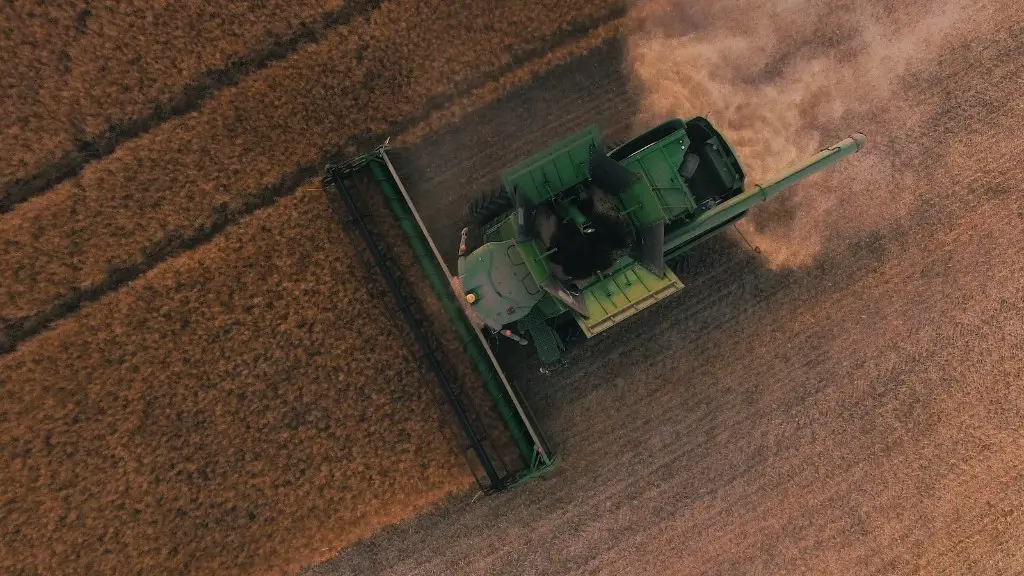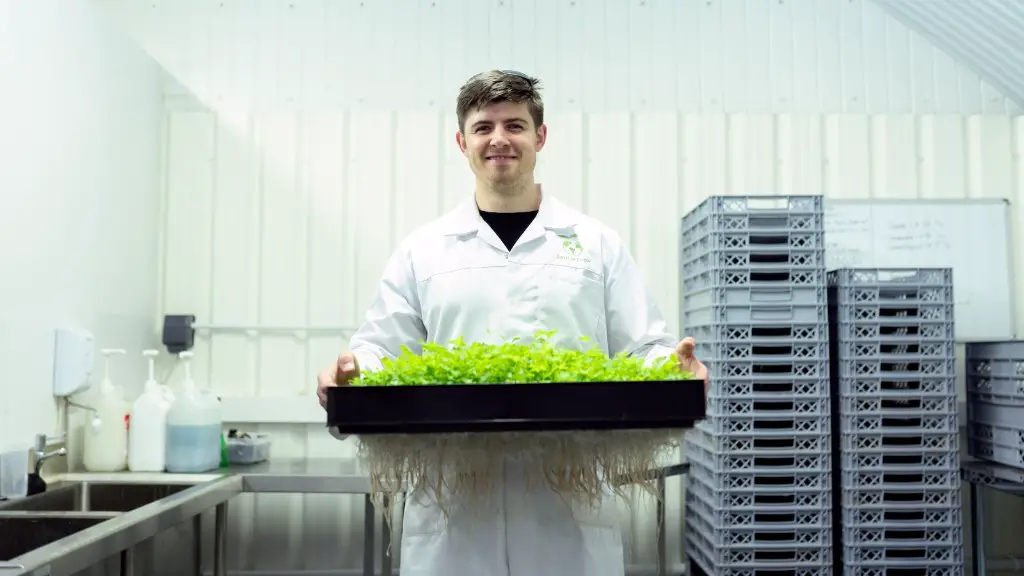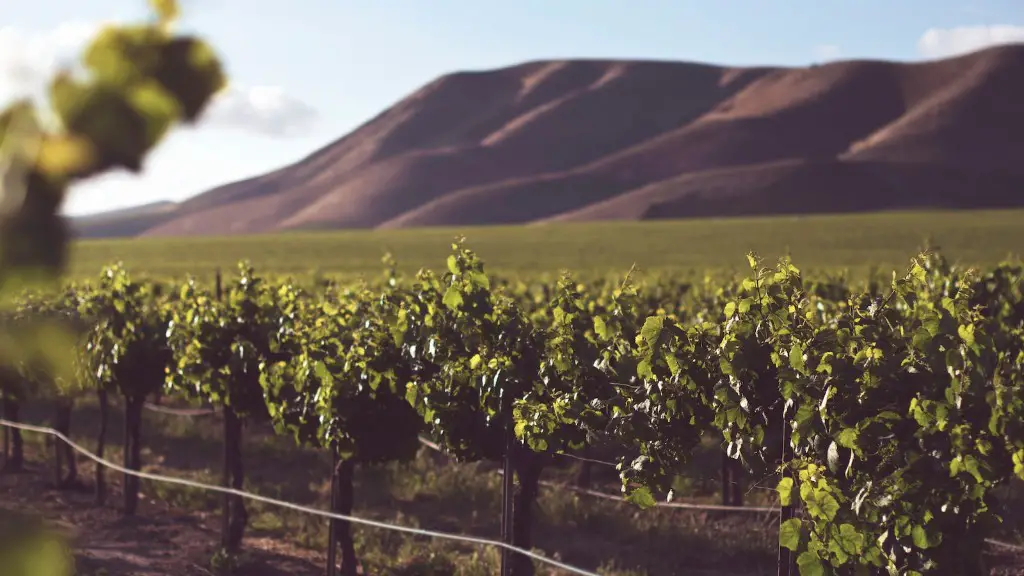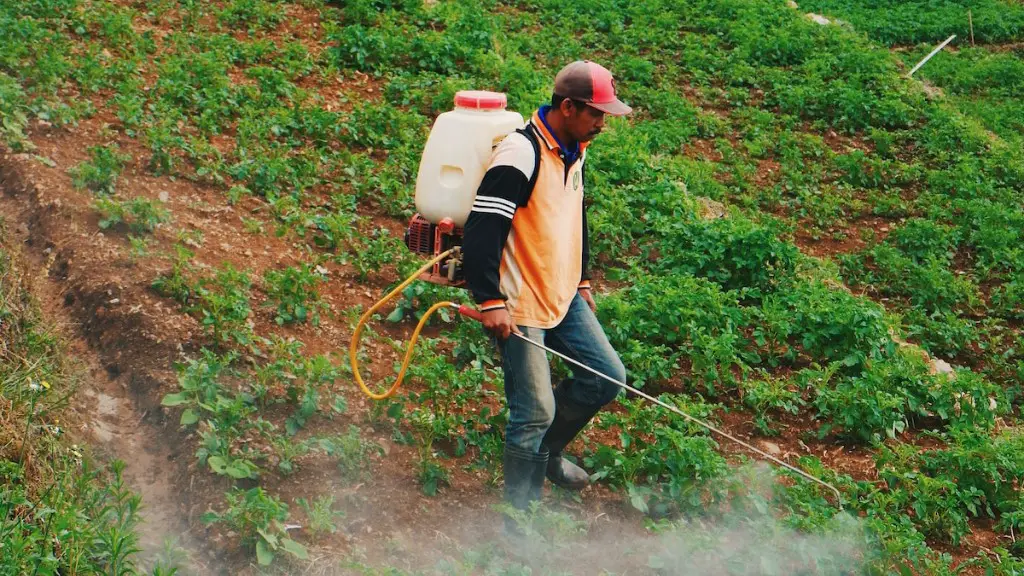The effect of commercial agriculture is both widespread and intensely debated. On one hand, it is praised for its ability to produce large quantities of food at relatively low costs. On the other hand, it is criticized for its environmental impact, its reliance on fossil fuels, and its contribution to world hunger.
The effect of commercial agriculture is typically an increase in production efficiency and crop yield, as well as a reduction in labor costs. However, large-scale commercial agriculture can also have negative environmental impacts, such as increased soil erosion and water pollution.
What are the effects of commercial agriculture on the environment?
Agricultural pollution has many different sources. Nitrogen-based fertilizers can produce potent greenhouse gases and can overload waterways with dangerous pollutants. Chemical pesticides with varying toxicological effects can contaminate our air and water or reside directly on our food.
There are a number of significant environmental and social issues associated with agricultural production, including changes in the hydrologic cycle, introduction of toxic chemicals, nutrients, and pathogens, reduction and alteration of wildlife habitats, and invasive species. These issues can have a major impact on the environment and human health, and need to be carefully managed to ensure sustainable agricultural production.
What are the benefits of using commercial agriculture
Industrial agriculture has both positive and negative impacts on society. On the positive side, it increases food production, lowers consumer costs, encourages technological development and innovation, and creates employment opportunities. On the negative side, it can lead to environmental degradation, health problems, and social inequities.
Agriculture has had a profound impact on the environment. Five of the most significant environmental effects of agriculture are soil fertility loss, eutrophication of water bodies, deforestation, climate change and pesticide pollution.
Soil fertility loss is a result of the depletion of nutrients in the soil due to intensive farming practices. This can lead to a decline in crop yields and eventually lead to soil erosion.
Eutrophication of water bodies occurs when there is an increase in the level of nutrients in the water, which can lead to the growth of harmful algae blooms. This can deplete the oxygen in the water, leading to the death of aquatic life.
Deforestation is often a result of the conversion of forests to farmland. This can have a significant impact on local ecosystems, as well as the global climate.
Climate change is a result of the emissions of greenhouse gases from agriculture. These emissions can contribute to the warming of the Earth’s atmosphere and the changing of global climate patterns.
Pesticide pollution occurs when pesticides used in agriculture contaminate the environment. This can lead to a variety of health problems in humans and animals.
What does commercial agriculture produce?
Commercial agricultural production is a vital part of the food system and the economy. It provides the raw materials for food, feed, fiber, and fuel, and supports jobs throughout the economy.
The United States is one of the world’s leading producers of agricultural products, exporting more than $139 billion worth of goods in 2017. The country is also a leading importer of agricultural products, bringing in more than $112 billion in 2017.
Commercial agricultural production plays a significant role in the U.S. economy, accounting for more than $1 trillion in economic activity and more than 10 million jobs. The sector is also a major contributor to the nation’s exports, accounting for more than $139 billion in exports in 2017.
The United States is home to a diverse array of agricultural production, including crops, livestock, and poultry. The country is a leading producer of corn, soybeans, wheat, and rice, and is also a major producer of fruits, vegetables, and nuts.
The agricultural sector is an important part of the U.S. economy, and commercial agricultural production is a vital part of that sector.
The practice of commercial farming has led to increased production but has had detrimental effects on environmental sustainability. The use of high doses of modern inputs and high yielding varieties of seeds, chemical fertilizers, pesticides, weed killers, and insecticides has led to soil degradation, water pollution, and the decline of biodiversity.
What are 3 effects of agriculture?
While the development of agriculture in a region can have positive effects on the natural life, oxygen production and climate in the region, it can also cause negative effects, such as inorganic nitrate pollution, pesticide pollution and salinity problems. These problems are especially common in regions where agriculture is conducted intensively.
High-yield farming often leads to increased use of chemical pesticides and fertilizers, which can cause serious environmental problems. Fertilizer runoff can pollute waterways, and soil degradation can lead to dustbowl conditions. Pesticides can harm wildlife and make people sick. High-yield farming can also lead to the loss oftraditional farming methods and knowledge.
What are three factors that affect agriculture
Environmental factors that play a role in the success of crop agriculture include the terrain of the land, climate conditions, and the properties and water content of the soil. The interplay of these different factors determines which crops can be grown in specific areas. Terrain can affect both the type of crop that can be grown as well as the amount of effort required for farming. For example, crops that require a lot of tilling, like potatoes, do not do well in hilly terrain. Climate conditions also have a big impact on what can be grown. Crops like tomatoes and peppers thrive in warm weather, while colder weather crops like broccoli and cabbage do better in cooler climates. Soil properties, including the amount of organic matter and pH level, can also help determine what crops will do well. And finally, the water content of the soil is important for both irrigation and healthy plant growth.
The commercialization of agriculture under the British rule led to the exploitation of the peasantry in India. While the officials of the British East India Company benefited immensely from the exports of commercial crops, the peasants suffered due to the high taxes and the loss of their traditional livelihoods. This led to immense poverty in India.
What are two disadvantages of commercial farming?
While there are certainly some disadvantages to commercial agriculture, it is important to remember that this type of agriculture also has many advantages. For example, commercial agriculture is usually more efficient than subsistence agriculture, meaning that it can produce more food with fewer resources. Additionally, commercial agriculture often uses more modern technologies and techniques, which can result in higher crop yields and quality.
Commercial crop farming, or agribusiness, is a type of farming in which crops and livestock are raised to sell the products on the market for profit. Commercial farms are large farms and require huge capital investment. In order to be successful, commercial farmers must be able to produce large quantities of food at a low cost. They also must have a good understanding of the market and be able to sell their products at a high price.
What is an example of commercial agriculture
Commercial agriculture is vital for feeding the world’s growing population. With the right management and technology, commercial farms can produce large quantities of food while still maintaining a high quality. This food can then be sold to customers, whether they are individuals or businesses.
There are a few things to consider when thinking about commercial agriculture. First, it is the production of crops for sale rather than for personal use. This means that the farmer must be able to grow a high quantity of crops in order to make a profit. Additionally, the crops must be of a good quality in order to be sold. Finally, the farmer must have a way to distributed the crops to markets.
Livestock production and grazing are also considered commercial agriculture. In this case, the animals are raised for their meat, milk, or other products. Farmers must be able to care for a high number of animals and produce a consistent product in order to make a profit.
Overall, commercial agriculture requires a high level of production in order to be successful. Farmers must be able to grow a large quantity of crops orraise a high number of animals. They must also have a way to distribute their products to markets.
What are the main features of commercial agriculture?
One of the specific features or characteristics of commercial farming is that it uses high-yielding varieties of seeds, chemical fertilizers, pesticides, insecticides, and many other things to gain high results or cultivate a crop with great productivity.
The agricultural revolution had a wide variety of consequences for humans. One of the most significant consequences was an increase in societal inequality. This was a direct result of humans’ increased dependence on the land for food and other resources. as well as the fear of scarcity that came with this dependence. Other consequences of the agricultural revolution include a decline in nutrition and an increase in infectious diseases contracted from domesticated animals.
Conclusion
The effect of commercial agriculture is far-reaching and complex. On the one hand, it can lead to increased production and efficiency in the food supply chain. On the other hand, it can cause environmental degradation, food insecurity, and social inequality.
While there are many benefits to commercial agriculture, there are also some drawbacks. One drawback is that it can lead to environmental problems, such as soil erosion and water pollution. Commercial agriculture can also have negative social effects, such as displacing small farmers and increasing economic inequality.





